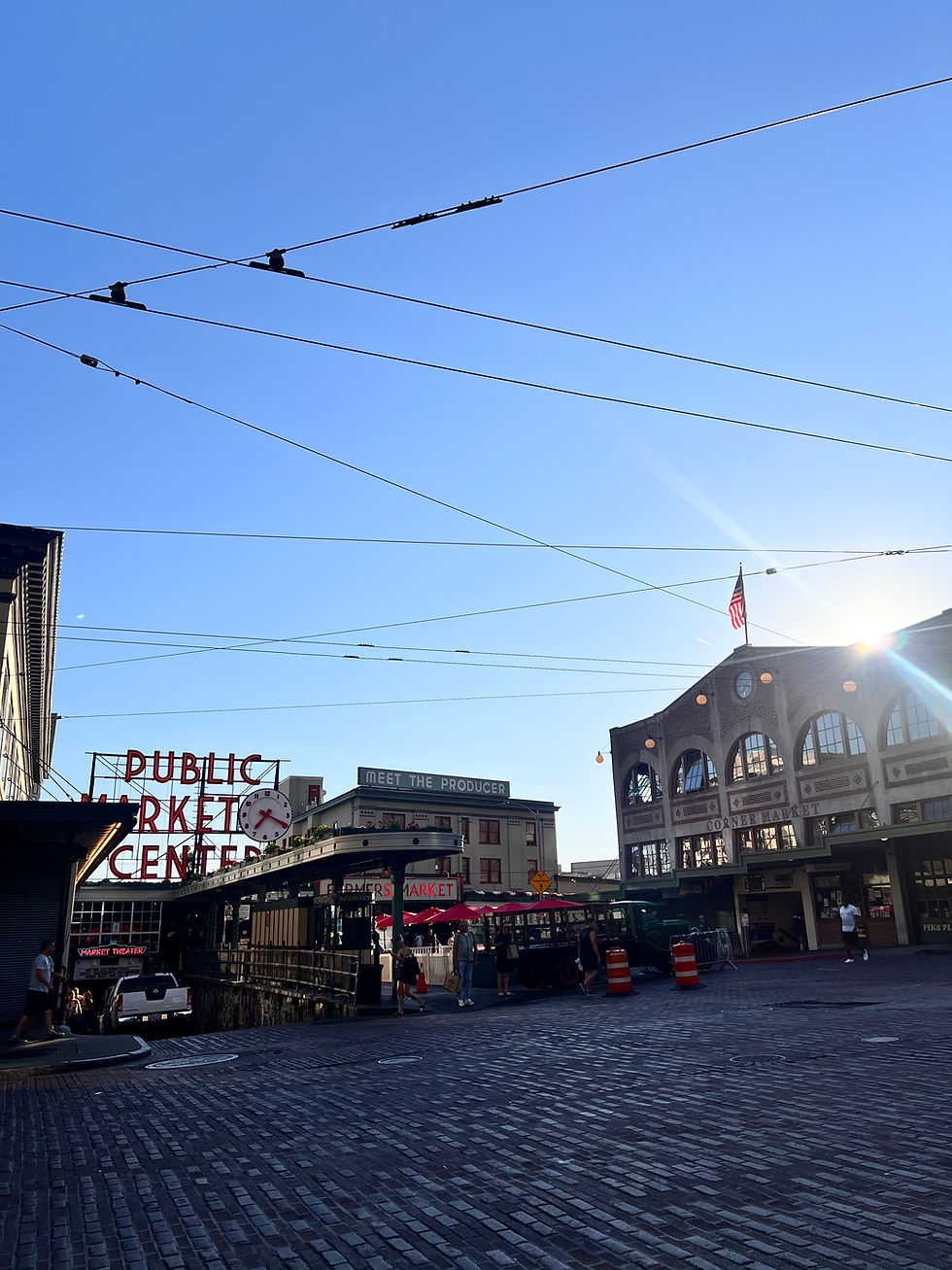Problem Solving Courts Series #1: Organizing for Change
- Jenee Fortier
- Apr 7
- 3 min read
By: Mark A. Sherman, JD, LLM
For two decades, a quiet revolution has been taking place within the federal criminal legal system. Federal problem-solving (PS) courts [also called treatment courts or collaborative courts] have existed for around 20 years. In the mid-2000s, there were a handful of such programs. Now, there are about 140 in the 94 federal districts across the U.S. This transformation didn't arise from a top-down mandate, but because a few district and magistrate judges had grown weary of being part of the meat grinder we’ve come to call the federal criminal legal system, which is extremely good at law - but less good at justice.
You only have to look at the numbers to realize this. The overall outcomes of the federal criminal legal system over the past 40 years or so have been poor: more than 150,000 people are in federal prisons, a significant number of whom live in poverty, struggle with addiction, and are victims of trauma. Another 150,000 or so are on some type of federal court supervision in the community. Over 50,000 federal defendants are detained pretrial. Some of these people are dangerous and require incapacitation. Most aren’t and don’t if they get the help they need to change their behavior and turn their lives around. The judges who started the first federal PS courts recognized this.
“Change comes from power, and power comes from organization. In order to act, people must get together.” – Saul Alinsky
My early career as a housing lawyer, working alongside community organizers in Washington, D.C., instilled in me the importance of organized action. A primary lesson I learned from organizing is that most people in power like things just the way they are, and if you try to change systems to achieve better outcomes for those who have the least in our society, folks in power are going to feel threatened and will resist. So when I was tasked with supporting the judges advocating for PS courts, I knew we needed a strategic approach to overcome inevitable resistance.
Another thing I learned is that, if you’re going to try to change a system, you’d better know how that system works, what power you have, and what power you don’t have. Fortunately, by the time I took on this assignment, I’d been a lawyer for over a decade and was experienced working with both powerful and powerless individuals. I knew how courts worked and understood where the power centers were. I also had a strong background in criminal law, having practiced, written, and taught about transnational criminal law in my first years as a lawyer. If power could be organized around a compelling and noble mission and used wisely, I knew we’d be successful.
The path to change, however, was far from smooth. As the movement for federal PS courts gained momentum, it encountered significant institutional resistance from high-ranking figures within the judiciary. With no established policy or statutory backing, the grassroots nature of this initiative drew scrutiny from the Judicial Conference of the United States and its Criminal Law Committee (CLC). The then-chair of the CLC openly opposed PS courts, questioning their appropriateness within the federal system. Some judges, along with federal probation officers and prosecutors, derisively labeled these programs "hug a thug" initiatives. Similarly, within the Administrative Office of the U.S. Courts' Probation and Pretrial Services Office, the prevailing attitude was one of skepticism and obstruction, asserting that PS court education and training efforts were misdirected, diverting attention from what they perceived as more essential training on evidence-based supervision practices.
Despite this formidable opposition, we remained steadfast in our commitment, recognizing that systemic change often requires navigating and overcoming entrenched resistance. We understood that the potential for transformative justice outweighed the challenges, and that staying the course was essential to realizing our vision.
Organizing, at its core, is about empowering through education. By strategically organizing power around a compelling and noble mission, we aimed to transform the federal criminal legal system from within, shifting its focus more toward genuine justice and rehabilitation. This endeavor, born from the frustration of judges seeking meaningful change, demonstrates that even within seemingly rigid systems, organized action can pave the way for a more humane, responsive and effective approach to justice.




Comments